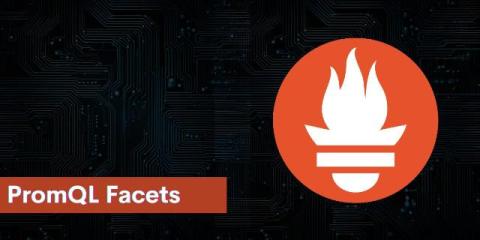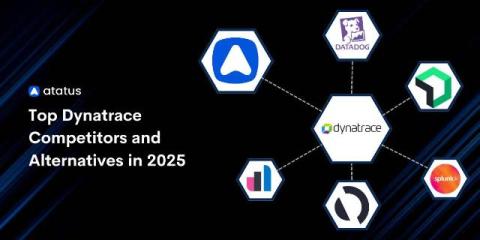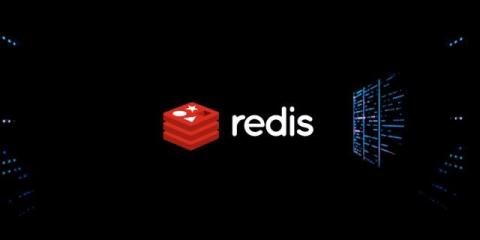Understanding PromQL Facets: Unlocking Advanced Metrics Analysis
PromQL (Prometheus Query Language) is a powerful and flexible query language used to retrieve and manipulate time-series data stored in Prometheus. One of its lesser explored but immensely valuable features is its ability to handle facets, a concept that can simplify complex metrics analysis and enhance observability. In this blog, we will dive deep into PromQL facets, exploring what they are, why they matter, and how you can use them to gain better insights into your systems.










